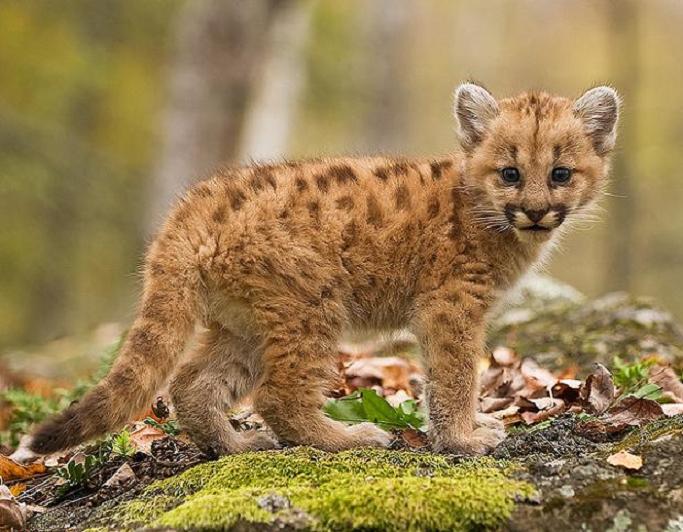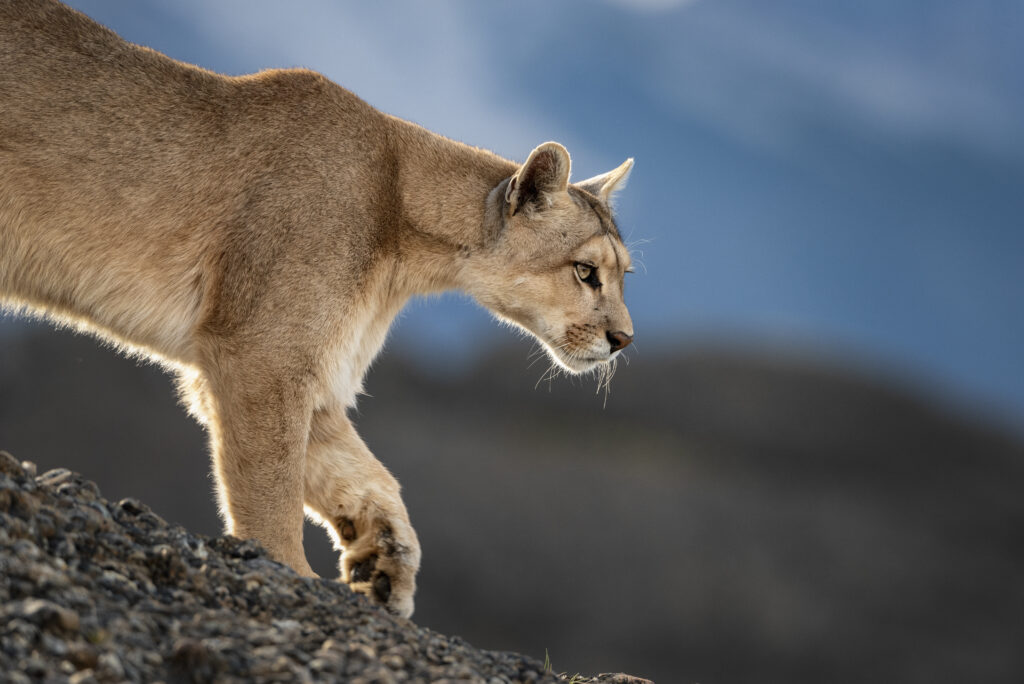Table of Contents
- Club Universidad Nacional Pumas Logo Edible Cake Topper
- Pumas
- Walking with Pumas - Nature Photographers Network
- PUMAS on Twitter: "El Club Universidad Nacional informa. 🗒️https://t.co ...
- Sitio oficial del club universidad nacional – Artofit
- Pumas Club Universidad Nacional Sudadera : Amazon.es: Deportes y aire libre
- asdfghjklñ : Club Universidad Nacional (Pumas)
- Venta > jersey pumas 1999 > en stock
- Pumas vive un triste 67 aniversario
- Sitio oficial del club universidad nacional – Artofit



Introduction to the Puma Genus



Habitat and Distribution


Behavior and Diet
Pumas are solitary and territorial animals, with large home ranges that they mark with their scent. They are skilled hunters, using their speed, agility, and stealth to catch their prey. Their diet consists mainly of meat, although they may also eat plants and fruits on occasion. In the wild, pumas play a crucial role in maintaining the balance of their ecosystems, preying on herbivores that might otherwise overgraze and damage the environment.
Conservation Status
Unfortunately, pumas are facing several threats to their survival, including habitat loss, human-wildlife conflict, and poaching. As their habitats are converted into agricultural land, urban areas, or other human-dominated landscapes, pumas are forced to adapt to smaller and more fragmented habitats. This can lead to conflicts with humans, as pumas may encroach on livestock or crops in search of food. Additionally, pumas are hunted for their fur, bones, and other body parts, which are believed to have medicinal properties.
Conservation Efforts
To protect pumas and their habitats, several conservation efforts are underway. National parks and protected areas have been established to provide a safe haven for pumas and other wildlife. Additionally, organizations are working with local communities to promote coexistence with pumas, through education and outreach programs. These efforts aim to reduce human-puma conflicts and promote the conservation of puma habitats. In conclusion, the Puma genus is a fascinating and important part of the natural world. As we continue to learn more about these majestic creatures, we are reminded of the importance of conservation and the need to protect their habitats and prevent their decline. By working together, we can ensure the long-term survival of pumas and the ecosystems they inhabit.Keyword: Puma, Puma genus, wildlife conservation, habitat preservation, apex predators